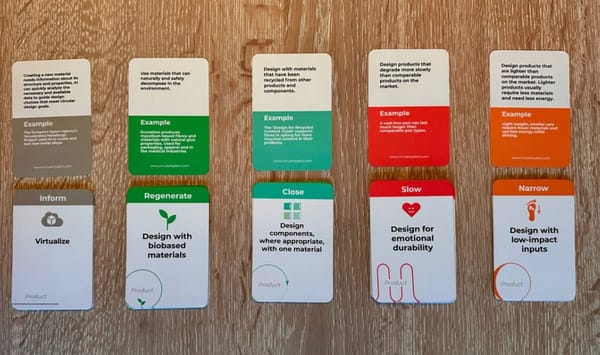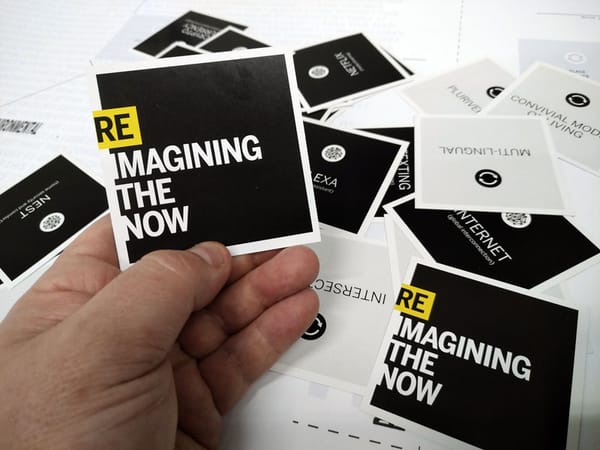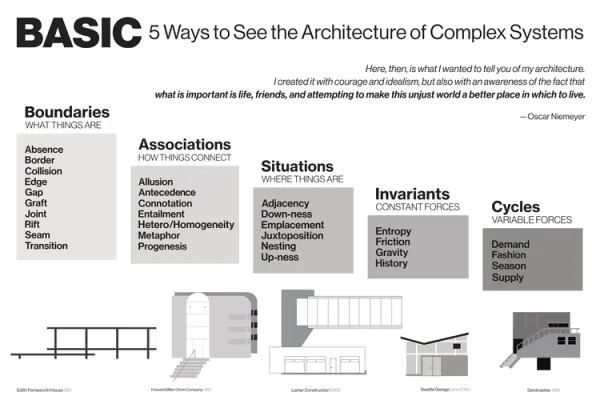№ 105 | Startup Valley, The Farmer Was Replaced , Five Beliefs (about Community Software), Cartography of Generative AI, When Are We? Game, Square Circle Triangle, Challenging the Pedagogy & Andragogy Distinction, and Two Speeches Worth Your Attention
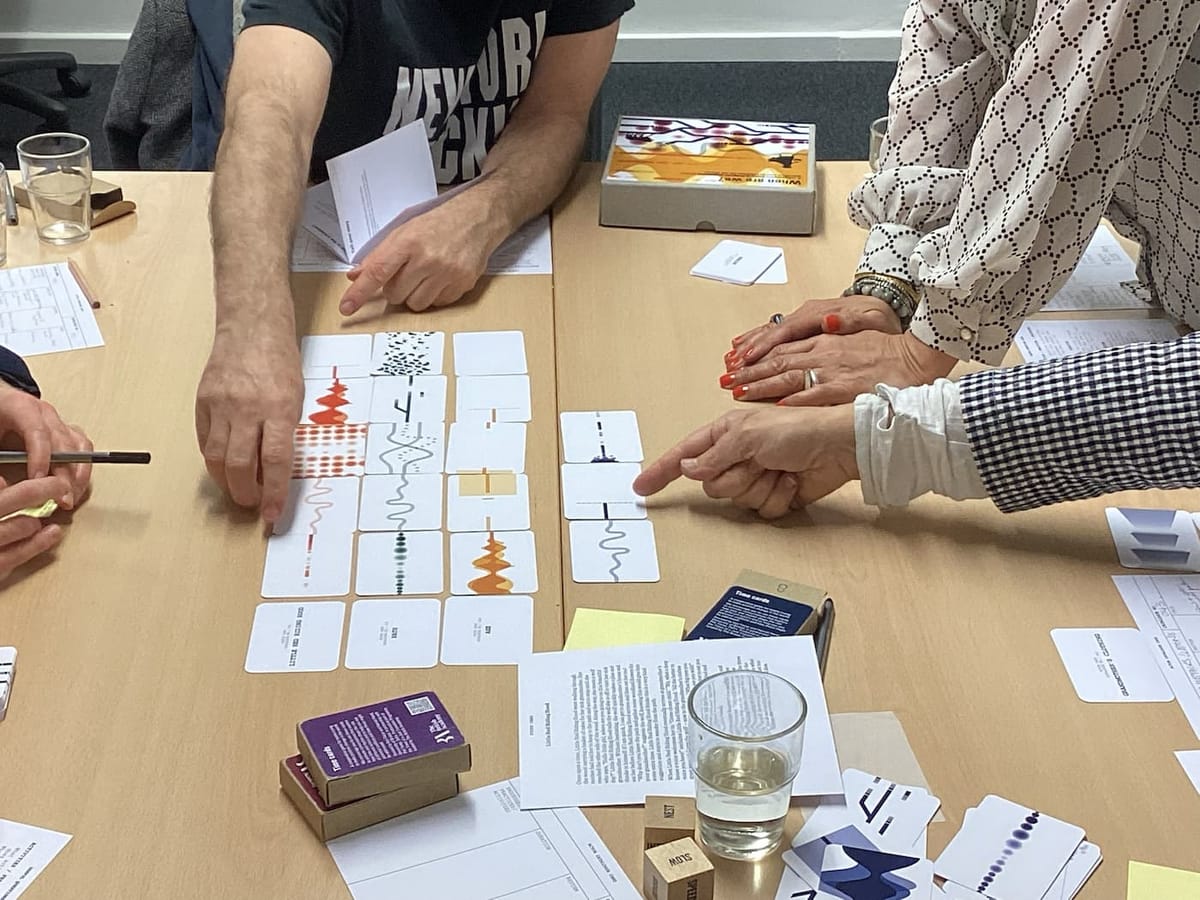
Welcome to another curious assemblage of fun and fascinating ‘things to think with’. Or think about. Or… do something with! 🤪
Startup Valley game
So what’s it like to launch a startup? Startup Valley Game: Blitzed Edition gives us a taste of that experience, with plenty of humorous quips thrown in.

Startup Valley is a simulation game played over 12 weeks (12 game rounds). Each week, you make a series of choices about where to invest your attention, and how to respond to various events and/or dilemmas. And you hope you make it to another week, as these choices, in turn, affect various gauges you must monitor, chief among them your cash flow.

The best part of this? The core thesis championed by Co-Founders Scott Wolfson and Kes Sampanthar:
Games are the best way to learn, practice, and master skills in this age of AI.
and
Learning explicit knowledge isn't enough anymore — we need to build tacit knowledge and complex skills. And the BEST way we know to teach complex skills? Games!
🤩
Speaking of games…
The Farmer Was Replaced
I haven’t had a chance to actually play this yet, but The Farmer Was Replaced (Steam) looks like a fun, game-based way to learn coding.
Program and optimize a drone to automate a farm and watch it do the work for you. Collect resources to unlock better technology and become the most efficient farmer in the world. Improve your problem solving and coding skills.
The game uses a simple python-like language, with progressively difficult challenges.
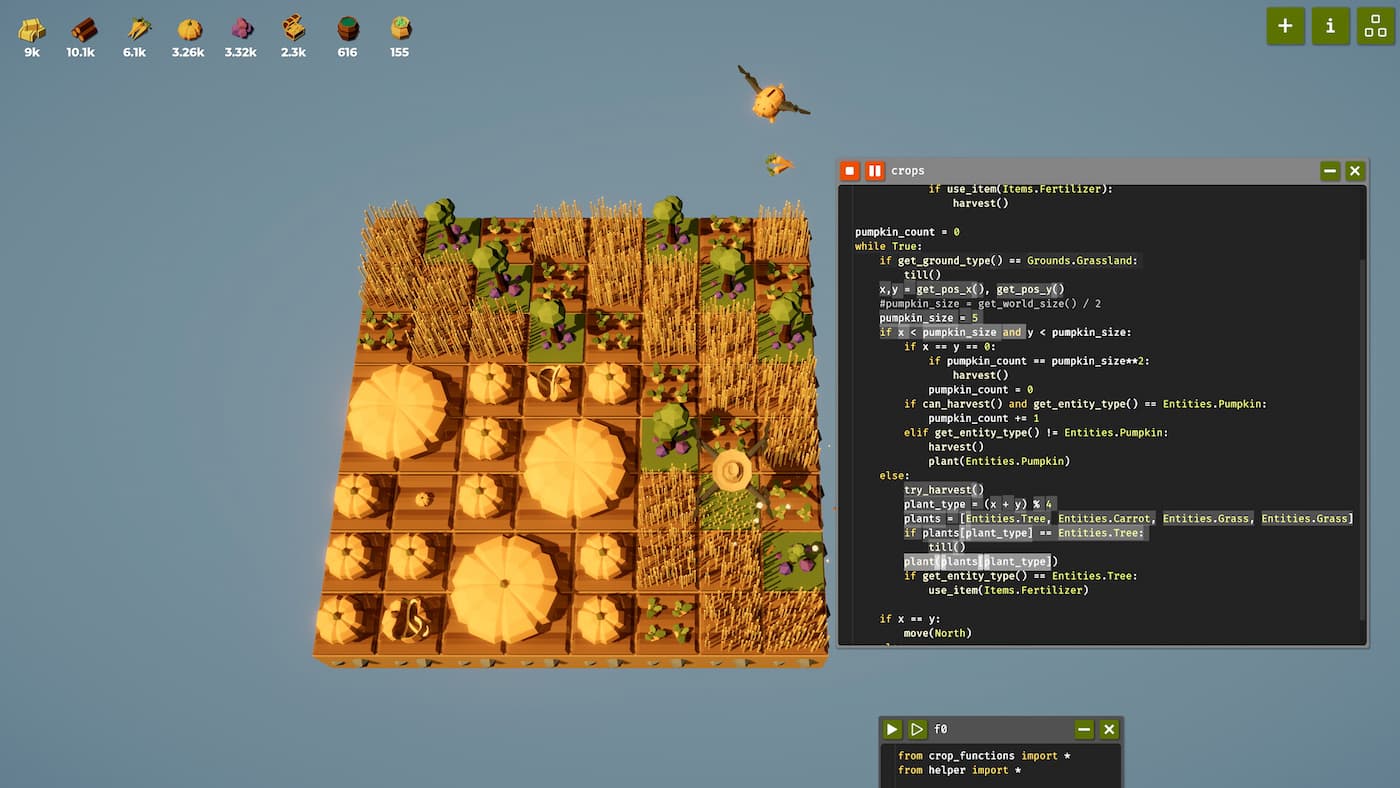
Five beliefs about community software
The rise of LLM-generated content (and before that, the rise of the “listicles” format) has made me skeptical of articles that lead with a number in the headline. In contrast, when those with deep experience and expertise in a topic create one of these posts, I lean forward. I believe this list of “five beliefs [about community software]” fits into the latter category, especially given this framing on Mastodon:
I’ve been thinking about community software most of my life.
23 years ago, I started organizing communities.
15 years ago, I joined the wave of "next-generation" forums that popularized community as an enterprise feature.
7 years ago, I began reflecting on everything I'd learned in a notebook.
3 years ago, I drafted a few core "beliefs".
6 months ago, I rewrote them to start getting feedback.
Yesterday, I published my 5 beliefs…
The other thing I look for in posts like this are provocative or debatable ideas—things with teeth. And this post, it delivers. Worth your time to consider if building community software is something you’re interested in.
Cartography of generative AI
Back in Issue № 95, when sharing a talk from Bret Victor, I pulled out this pithy little truth bomb:
How can we have a sane, democratic society if we don't understand the effects of our actions?
When we can’t see things that are hidden from us (where trash goes, where electricity comes from, where water comes from, etc), we don’t understand the costs.
Now, think about AI. We hear all the time about ‘AI’ and ‘data centers‘ and ‘energy’, but what’s behind these words? That’s where this mindblowing Cartography of generative AI might be useful. It looks like a comprehensive, macro view of all that is necessary to enable all those AI chatbots we all seem to enjoy.

The Cartography of Generative AI project is based on the motivation to offer a conceptual map that covers a large part of the actors and resources involved in this complex and multifaceted object we call Generative AI.
The discourses surrounding AI often have a strong mythic charge and are accompanied by a series of recurring metaphors and imaginaries: algorithmic agencies detached from human action, the non-negotiable technology that imposes the future on us (...) this visualisation aims to map the phenomenon, taking into account the tensions, controversies and ecosystems that make it possible.
Definitely one to spend some time with! I recommend reading through the website commentary, before jumping into the poster. And, you’ll probably want to download this one, so you can zoom in and out, pan across…
When are we? storytelling game
“Time keeps on slipping (slipping)… into the future”
I try not to share things that can’t be purchased, downloaded, digested, or played with right away. However, this is too inspiring to sit on (and knowing me, I’ll forget about it later!).
You might recall a few issues ago I shared a poster that illustrated ways to think about various types of deadlines. That same group is behind this exploration of time, with the When are we? storytelling game.
While the abstract nature of the game still has me scratching my head, I see in these cards the same potential that so many facilitators have found in a deck of Dixit cards; where Dixit offers a wide variety of abstract images that can be interpreted in many ways, this also offers a variety of abstract representations, but more narrowly centered on how we might envision the flow of time.
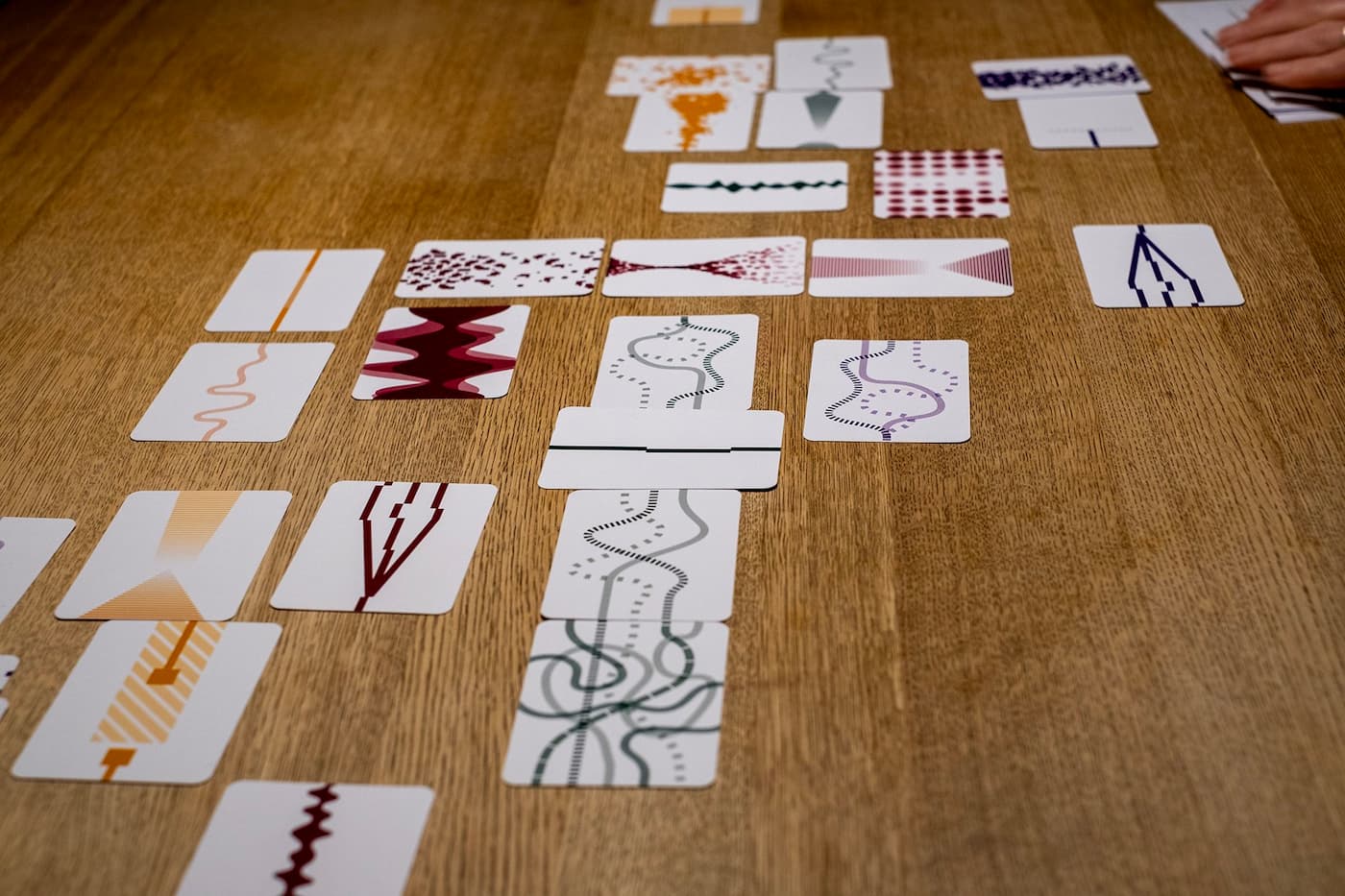
Timing, rhythm and our habits of thinking about time shape how we see problems and make sense of the world. This table-top game uses the story of Little Red Riding Hood to invite players to explore the timings of a familiar story and play with how changing these timings changes the story.
I think part of the reason this resonated with me so much is due to an activity Nick Sousanis led us through at this week’s Sketch Your Mind Conference. Using nothing more than comic panels and squiggles/marks on the page (i.e. no recognizable things and no text), we were asked to quickly sketch a comic page representing a typical day. So… I was already primed to think about how the flow of my day might be represented in abstract shapes. Now, combine an exercise like that one, with something like the When are we? card deck, and I can easily imagine this opening up conversations around topics like processes, prioritization, time management, attention, and so on.
Square, Circle, Triangle
Speaking of facilitation activities, here’s one to add to the toolbox: Square, Circle, Triangle is a neat way to wrap up a workshop, by reflecting on 3 different questions (each represented by the associated shape).
🟥 Square: What are you “squared” away on? What do you agree with or feel you understand?
⭕ Circle: What’s still “circling” in your head—questions, curiosities, or uncertainties?
🔺 Triangle: What key "points" or takeaways stand out for you?
More details in the LinkedIn post.

Challenging the pedagogy and andragogy distinction
Ooh, I love a good challenge to conventional thinking.
Backstory: A lot of how I think about learning comes from Montessori, observations about play, and creating the conditions for discovery and self-directed learning. Several years ago, upon learning about “andragogy” (adult learning), I had to pause and reassess this accepted (?) view that adults learn differently from children. To be fully transparent, I haven’t read enough about andragogy to know where I’ve landed, though I do believe a lot of things that motivate learning work regardless of age. In fact, I’d factor in many other variables (prior knowledge, motivation, adjacent skills, situational factors, etc.) before I’d consider age in how I teach something.
Anyway… This short LinkedIn post from learning scientist Sandra Loughlin, PhD —challenging a lot of accepted thinking—had me nodding my head in agreement. Kicking off with this banger of an opening sentence, “I think a lot of what passes as ‘adult learning theory’ is…well, wrong,” Loughlin goes on to call out things like: (1) learning vs training, (2) the whole pedagogy vs andragogy distinction, and (3) learning as a fundamental psychological-neurobiological process.
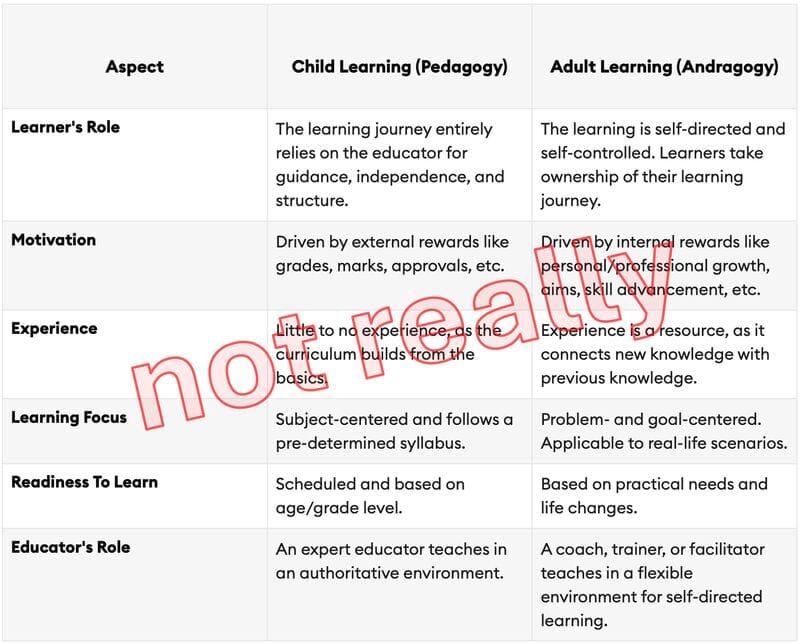
I love this challenge:
Some common L&D beliefs and practices are not rooted in good learning science. As a field, we need to think more critically about how adults actually learn and tune our roles accordingly.
Two speeches worthy of your attention
I want to end this newsletter with two somethings I stumbled across this week. Neither is playful, but each is oh… so… powerful.
The two somethings are speeches. Each is rich with beautiful ideas, and poetic in their use of language. They’re separated by 85 years. One ‘fictional’, the other recent and real. Both, touch on common, universal themes.
The first of these speeches is The Dictator’s Speech— a clip from the 1940s Charlie Chaplin film The Great Dictator.
We have developed speed, but we have shut ourselves in. Machinery that gives abundance has left us in want. Our knowledge has made us cynical. Our cleverness, hard and unkind. We think too much and feel too little. More than machinery we need humanity. More than cleverness we need kindness and gentleness. Without these qualities, life will be violent and all will be lost…
The second speech is from the recent TIME100 AI dinner, where actress Natasha Lyonne, in her unique voice, openly challenges AI leaders to do far more to rein in AI, to act more responsibly.
What are we doing, friends? There’s no need to be quite so ruthless with our own species… I believe we can wrestle some grace back here if we get unified around our shared humanity… An optimist? In this economy? In this regime? And yet, here I stand humbly before you wanting to believe.
🔥
Do set aside some time to watch each of these, and think deeply on what is being asked.



